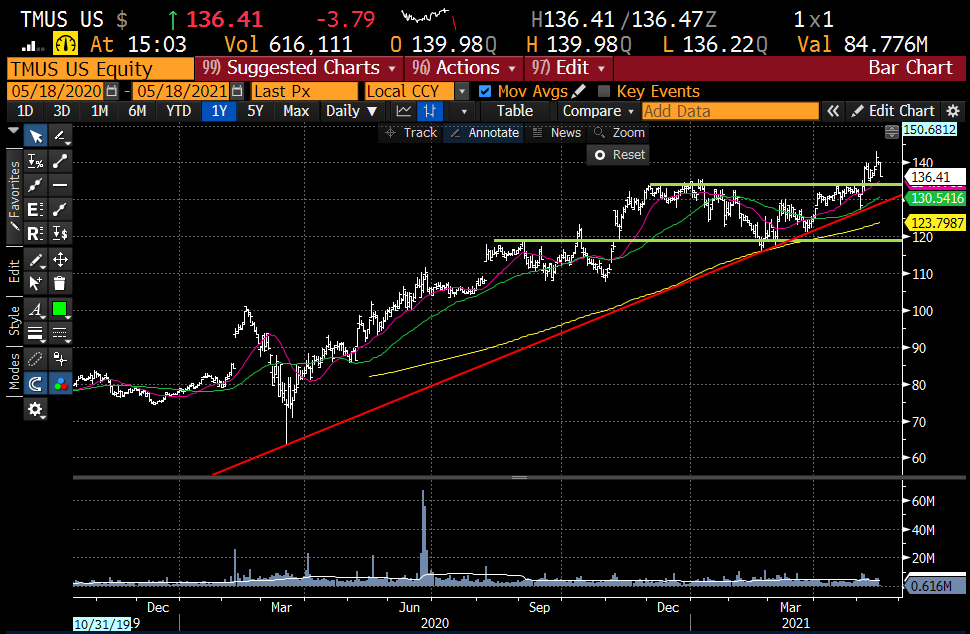
1/ Bernstein piece out today is interesting — they compare the gross vs the net take rates of $BABA vs $PDD. Thread below:
2/ The gross take rates are similar while Alibaba adjusted net take rate (revenue minus sales and marketing spend as a % of transacted GMV) runs at 5% vs $PDD used to run below 2% before a big spike in the most recent quarter to 4% (and PDD have said not to expect this level…
3/ …of profitability to recur as they intend to spend more in H2 21).
4/ This analysis offers an explanation of why $PDD offers merchant a superior ROI on their platform vs $BABA (via extracting a much lower net take rate) and hence is one reason why they have gained share so well in recent years.
5/ This has happened via $PDD reinvesting 2-3% of GMV back into S&M expense, driving user growth, user engagement and stickiness.
6/ Bernstein think Alibaba's net take rate will have to fall to 3% given this competitive dynamic but also (not explicitly mentioned) the increased competitive intensity in the space from live streaming players Douyin & Kuaishou.
7/ This implies a fall in Alibaba gross take rate to 3.5% from over 4.4% today or alternatively, sales and marketing expensve having to increase from 1% to 2% of GMV.
8/ Applying this to the P&L they see this leading to a longer-term core EBITA margin in the 40-50% range for $BABA vs 61.2% in the most recent quarter.
9/ I do think the bigger picture key element when considering $BABA is that Chinese GDP per capita is likely to increase very meaningfully over time, with the most recent CCP 5 year plan for it to get to $30k by 2035 vs $10k now, a tripling which implies a 7.6% annual CAGR.
10/ That's going to drive good growth for Alibaba's core business because of their dominance (58% of China e-com GMV even after share losses to $PDD), despite the market environment becoming clearly more competitive.
11/ Alibaba Cloud is likely a very meaningful upside driver given its dominant position and the fact it has only just turned margin positive after years of heavy investment.
12/ I can understand & support the view that says that looking for oppties amongst high quality Chinese stocks that have been deeply discounted due to regulatory fears makes sense from a LT perspective and online retail is less controversial/ more important to the country/…
13/ …less likely to be wiped out than gaming ("spiritual opium") and hence $BABA is easier than Tencent from that bigger picture standpoint.
Chart shows Alibaba "core core" EBITA margins declining over time:
Chart shows Alibaba "core core" EBITA margins declining over time:

17/ Charts shows progression of GMV market shares — Alibaba losing share from unsustainably high level to still v solid 58% of GMV: 

• • •
Missing some Tweet in this thread? You can try to
force a refresh












